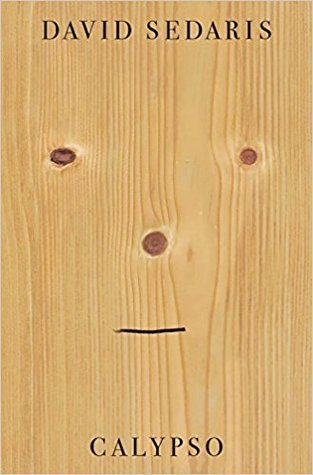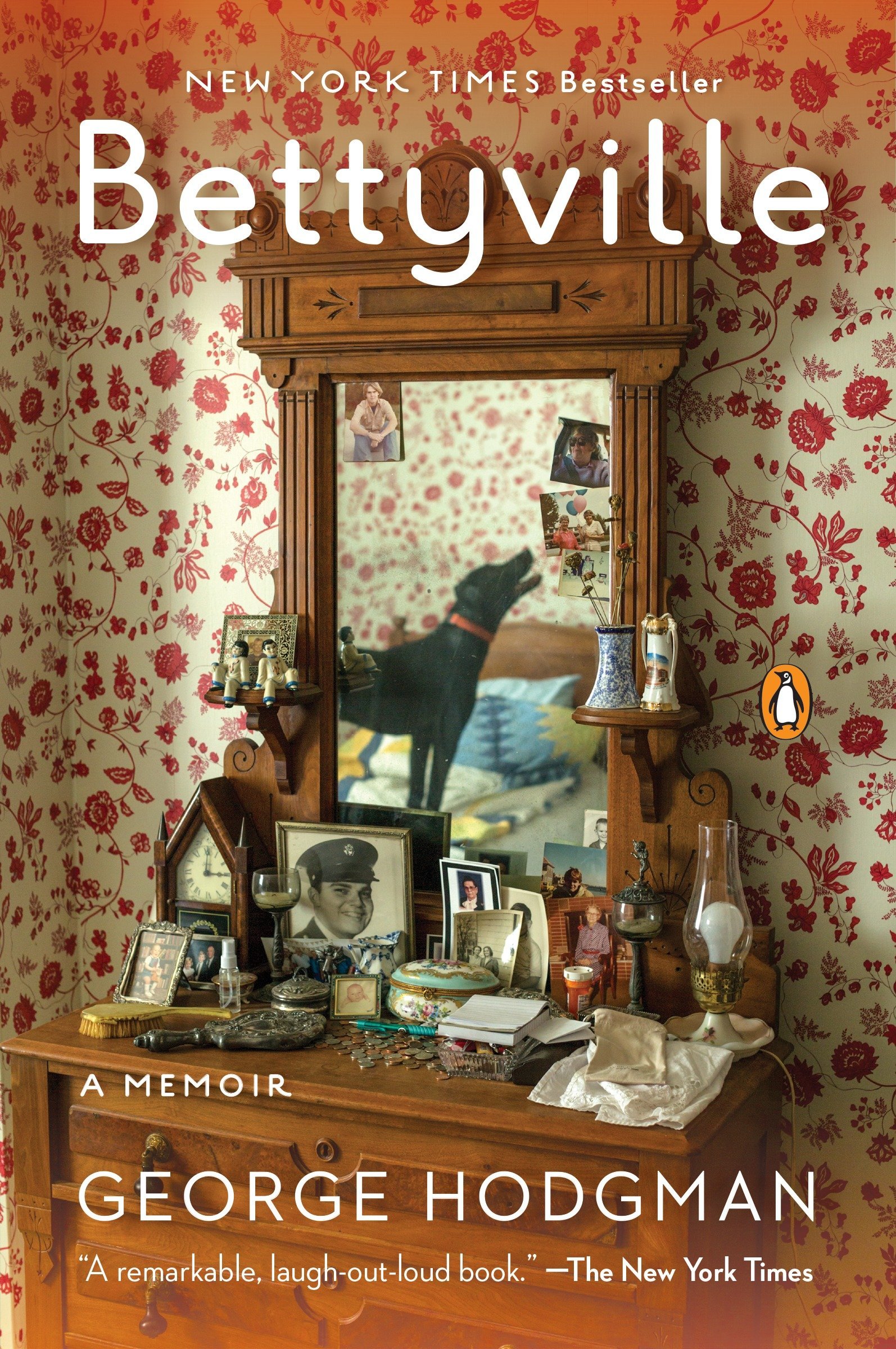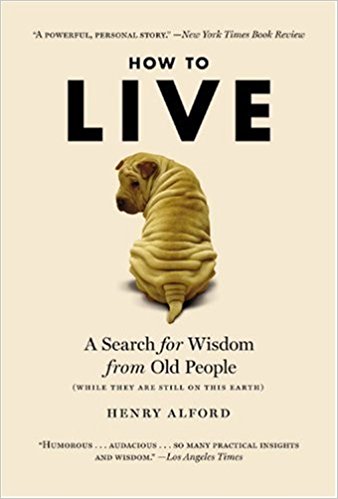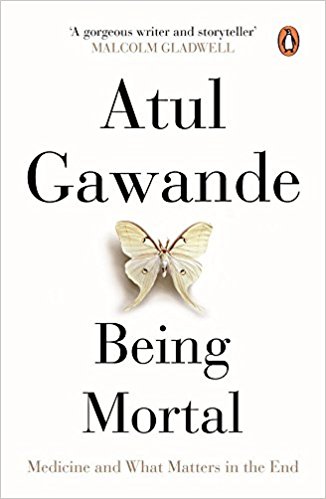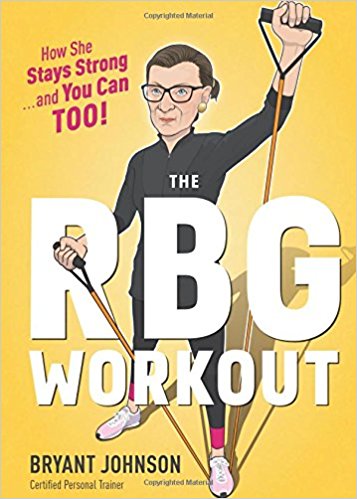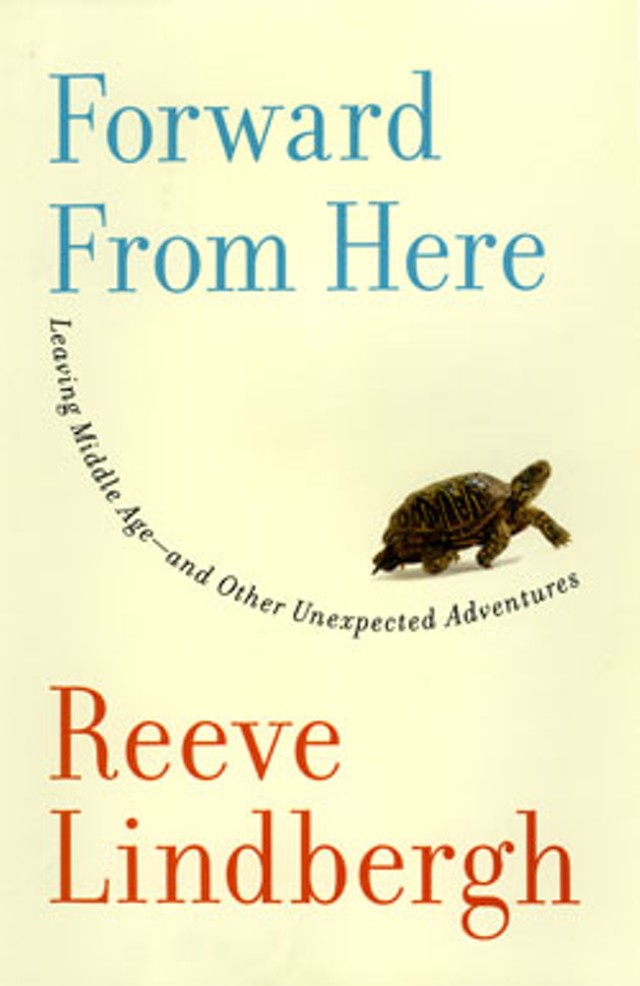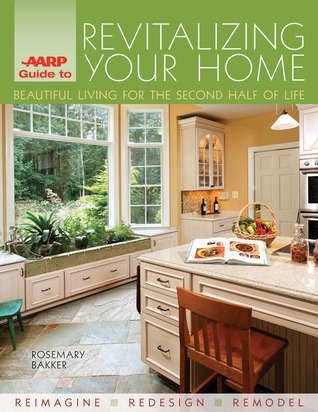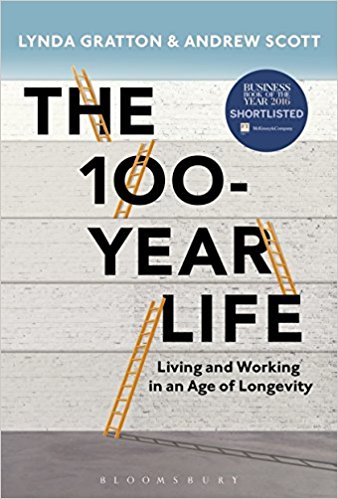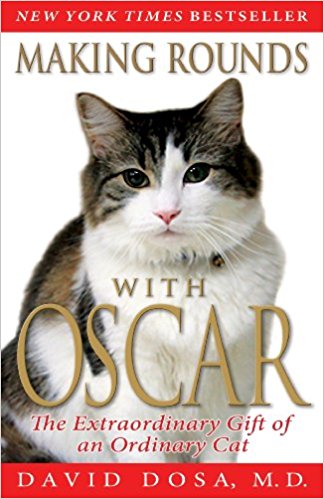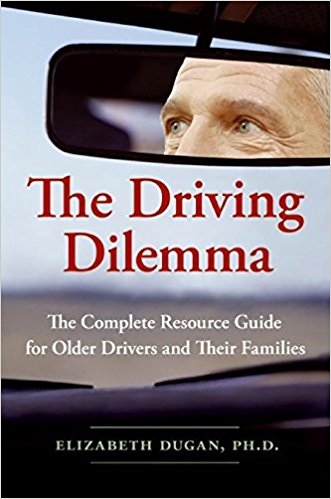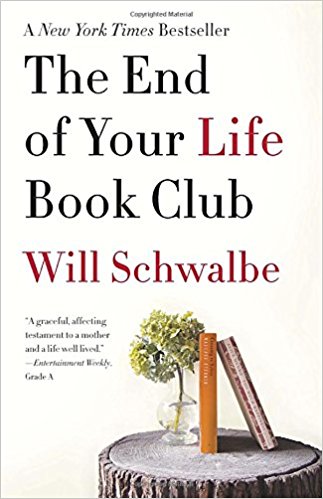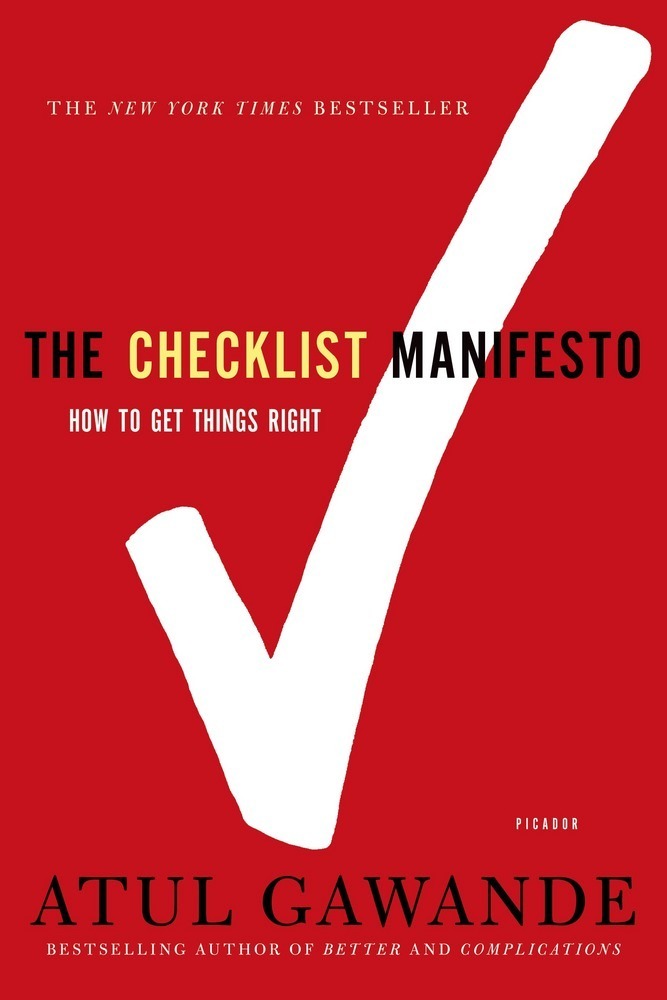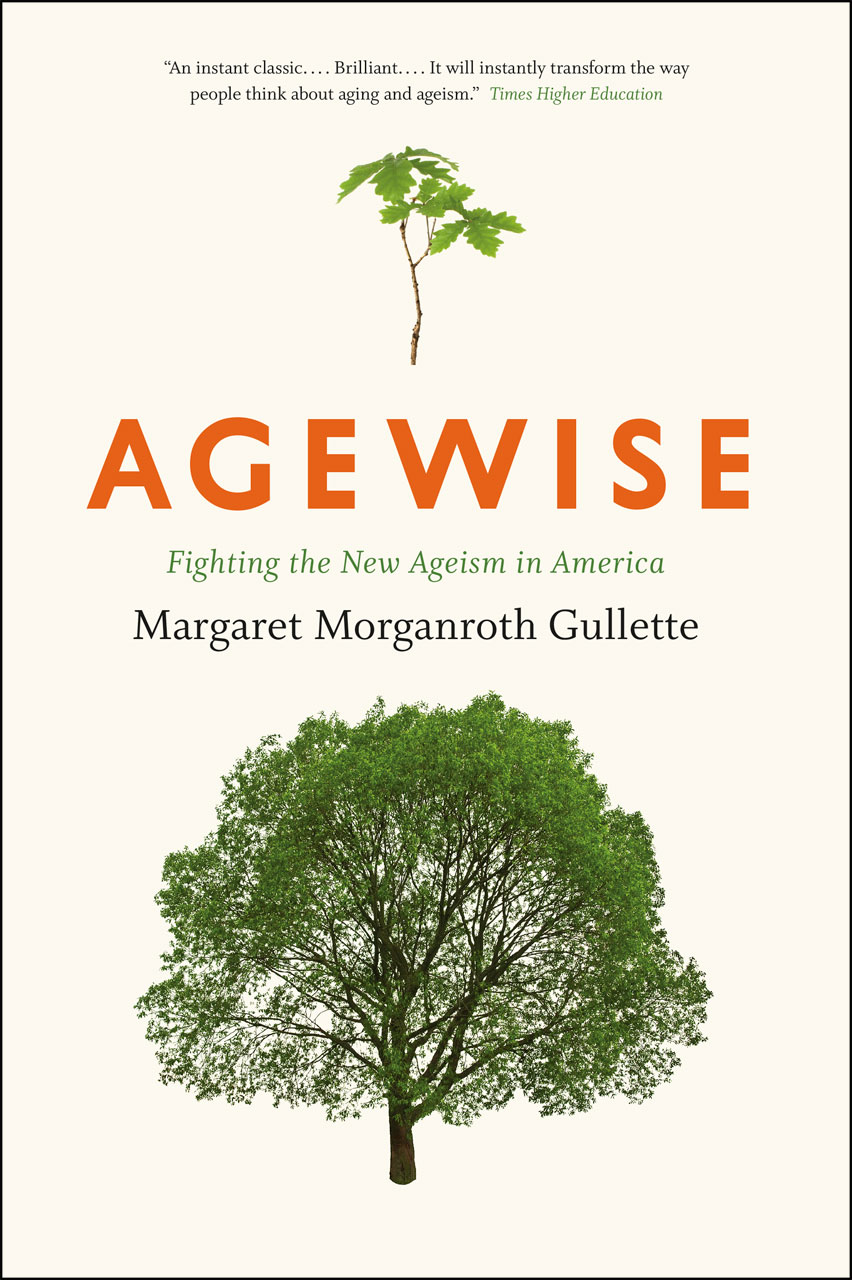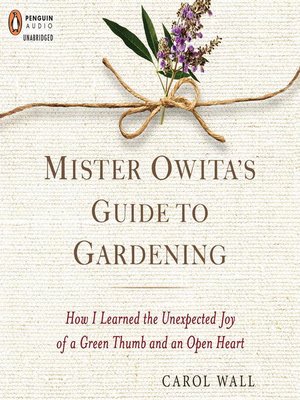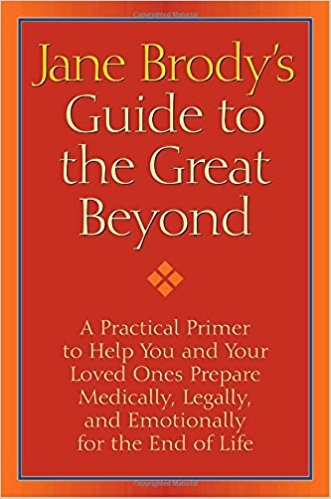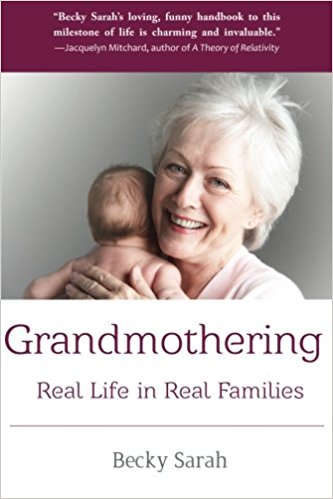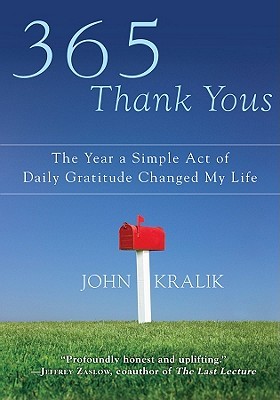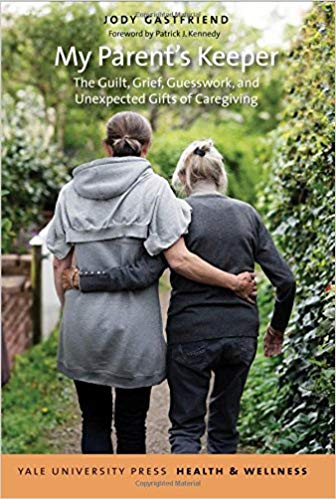
By Jody Gastfriend—Yale University Press (2018)
As we humans are living longer, the sandwich generation has moved to the club sandwich, as we care for not only parents and kids but grandparents and grandchildren, all at once. Is it any wonder we’re stressed out? Jody Gastfriend, social worker and vice president of senior care services at Care.com, designed a highly respected program for employers wanting to support staff who are caregivers. She also looked after her own father, who had Alzheimer’s. In this book, she delves into the challenges of caring for parents in declining health. Gastfriend leaves no possible situation unaddressed. She covers parents who refuse help and siblings who are unsupportive, along with the more practical basics of dementia care and of working with institutions and navigating social services and insurance claims. She considers the future of caregiving, which may involve technology and robotics. Pitfalls and rewards are covered in equal measure. Aging expert Ellen Goodman calls this book “the ultimate GPS for family caregivers.” You’ll want to have it in your library.


